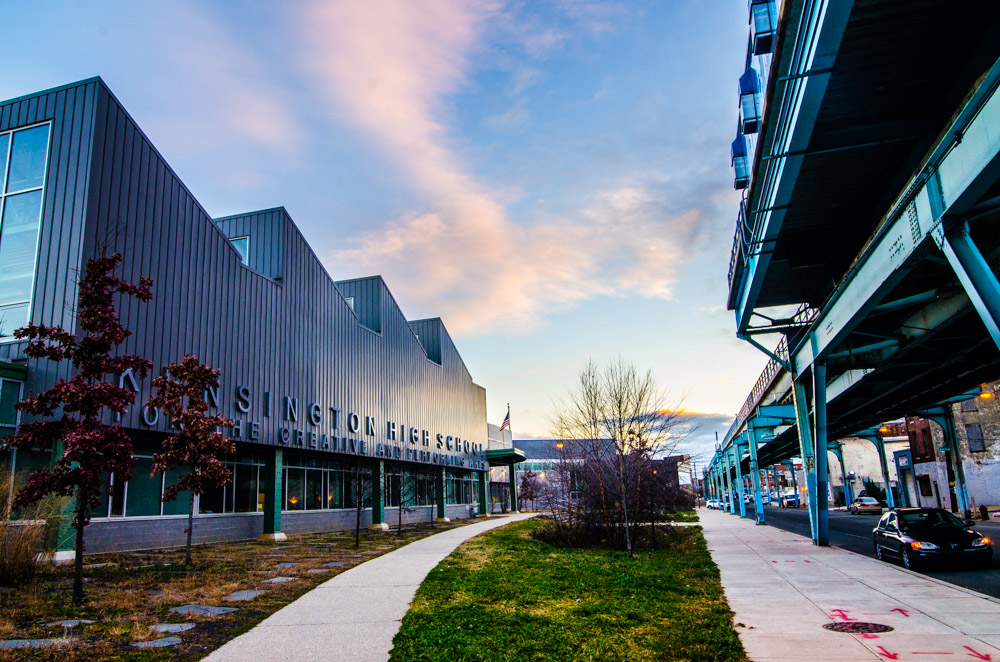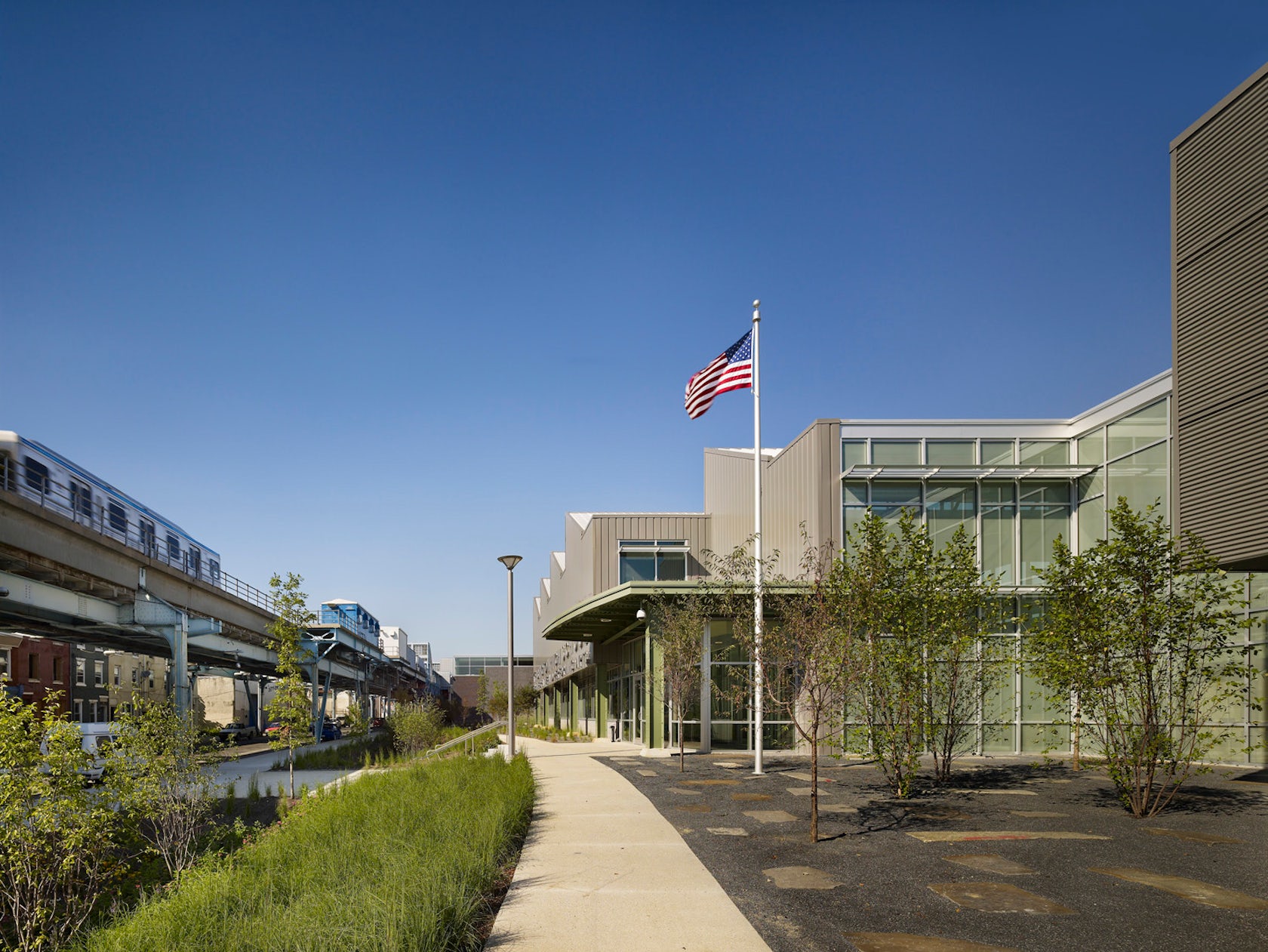Kensington Creative & Performing Arts Hs

HVAC systems are crucial for maintaining comfortable indoor environments, particularly during extreme weather. Whether you're a homeowner dealing with a malfunctioning AC, a DIY enthusiast looking to save on repair costs, or a student exploring the field, understanding the basics of HVAC troubleshooting and maintenance is invaluable. Let's explore common HVAC issues, DIY solutions, and when it's best to call in a professional.
Understanding Basic HVAC Components
Before diving into troubleshooting, it's essential to understand the main components of a typical HVAC system. These include:
- Air Conditioner (AC): Cools the air.
- Furnace: Heats the air.
- Heat Pump: Can both heat and cool, depending on the season.
- Air Handler: Circulates air throughout the ductwork.
- Thermostat: Controls the system and temperature settings.
- Ductwork: Network of channels distributing air throughout the building.
- Air Filter: Removes dust and debris from the air.
- Condenser Coil: Releases heat outside (AC & Heat Pump).
- Evaporator Coil: Absorbs heat from inside air (AC & Heat Pump).
- Compressor: Pumps refrigerant (AC & Heat Pump).
Common HVAC Problems and DIY Solutions
Many HVAC problems can be easily addressed with some basic troubleshooting. Here are some of the most frequent issues and how you might resolve them yourself:
1. Dirty Air Filter
A clogged air filter is one of the most common causes of HVAC inefficiency and breakdowns. It restricts airflow, forcing the system to work harder and potentially leading to overheating or freezing.
Solution:
- Turn off the HVAC system.
- Locate the air filter (usually near the air handler or furnace).
- Remove the old filter.
- Install a new filter of the correct size and MERV rating. Pay attention to the arrow indicating airflow direction.
- Turn the system back on.
Frequency: Replace the air filter every 1-3 months, depending on usage and air quality.
Tools Needed: New air filter.
2. Thermostat Issues
A malfunctioning thermostat can prevent the HVAC system from turning on or maintaining the desired temperature.
Solution:
- Check the thermostat batteries and replace them if needed.
- Ensure the thermostat is set to the correct mode (heat or cool) and temperature.
- Make sure the thermostat is clean and free of dust.
- If it's a programmable thermostat, check the schedule settings.
- If none of these work, consider resetting the thermostat to factory settings (consult the owner's manual).
Tools Needed: Screwdriver, new batteries.
3. Dirty Condenser Coils
The condenser coils, located outside, dissipate heat from the refrigerant. If they become covered in dirt, leaves, or debris, the system's cooling efficiency drops.
Solution:
- Turn off the HVAC system.
- Remove any visible debris from the coils.
- Gently spray the coils with a garden hose, using a low-pressure nozzle. Avoid using a pressure washer, which can damage the fins.
- Allow the coils to dry completely before turning the system back on.
Tools Needed: Garden hose with a low-pressure nozzle.
4. Clogged Condensate Drain Line
The condensate drain line removes moisture that accumulates during the cooling process. A clogged drain line can cause water to back up, potentially leading to leaks and system damage.
Solution:
- Turn off the HVAC system.
- Locate the condensate drain line (usually a PVC pipe near the indoor unit).
- Use a wet/dry vacuum to suck out any clogs from the drain line opening.
- Pour a cup of white vinegar into the drain line to help prevent future clogs.
Tools Needed: Wet/dry vacuum, white vinegar.
5. Tripped Circuit Breaker
An overloaded circuit can cause the breaker for your HVAC system to trip, shutting down the unit.
Solution:
- Turn off the HVAC system.
- Locate the circuit breaker panel.
- Identify the breaker for the HVAC system (it should be labeled).
- Reset the breaker by flipping it all the way off and then back on.
- Turn the system back on.
- If the breaker trips again immediately, it indicates a more serious electrical problem, and you should call a professional.
Tools Needed: None.
When to Call a Professional HVAC Technician
While some HVAC problems are easy to fix yourself, others require the expertise of a qualified technician. It’s best to call a pro for these situations:
- Refrigerant Leaks: Handling refrigerant requires specialized equipment and training.
- Compressor Issues: The compressor is the heart of the AC system. Repairs are complex and costly.
- Electrical Problems: Any electrical repairs beyond checking the circuit breaker should be handled by a licensed electrician or HVAC technician.
- Furnace Problems: Gas furnaces involve combustion and safety risks. Leave repairs to qualified professionals.
- Significant Ductwork Issues: Repairing or replacing ductwork often requires specialized tools and knowledge.
- Unusual Noises: Grinding, banging, or hissing noises can indicate serious mechanical problems.
Estimated HVAC Repair Costs
HVAC repair costs can vary widely depending on the problem, the complexity of the repair, and your location. Here are some approximate cost ranges:
- Air Filter Replacement: $10 - $30 (DIY)
- Thermostat Replacement: $100 - $300 (Professional)
- Condenser Coil Cleaning: $75 - $150 (Professional)
- Condensate Drain Line Cleaning: $75 - $200 (Professional)
- Refrigerant Recharge: $200 - $800 (Professional)
- Compressor Replacement: $800 - $2500 (Professional)
- Furnace Repair: $150 - $1500 (Professional)
- Ductwork Repair: $200 - $2000+ (Professional)
Note: These are just estimates. Always get a quote from a qualified HVAC technician before proceeding with any repairs.
Safety Tips for HVAC Maintenance
Safety should always be your top priority when working on HVAC systems:
- Turn off the Power: Always disconnect the power to the unit before performing any maintenance or repairs.
- Wear Protective Gear: Wear safety glasses, gloves, and appropriate clothing.
- Handle Refrigerant Carefully: Refrigerant can cause frostbite and other health problems. Never attempt to handle refrigerant without proper training and equipment.
- Be Aware of Electrical Hazards: Work with electricity only if you are qualified.
- Follow Manufacturer's Instructions: Always refer to the owner's manual for specific instructions and warnings.
- If in Doubt, Call a Pro: Don't hesitate to call a qualified HVAC technician if you are unsure about any aspect of the repair.
Preventative HVAC Maintenance
Regular preventative maintenance can help extend the life of your HVAC system and prevent costly repairs. Consider these tips:
- Schedule Regular Tune-Ups: Have a qualified HVAC technician inspect and tune up your system at least once a year, preferably in the spring for AC and fall for heating.
- Clean or Replace Air Filters Regularly: As mentioned earlier, this is crucial for maintaining system efficiency.
- Keep Outdoor Units Clear: Remove debris and vegetation from around the outdoor units.
- Inspect Ductwork: Check for leaks or damage and seal them promptly.
- Monitor System Performance: Pay attention to any changes in system performance, such as reduced airflow or unusual noises.
Troubleshooting Flowchart
Here is a simple troubleshooting flowchart to help you diagnose common HVAC issues:
- System Not Turning On?
- Check the thermostat settings and batteries.
- Check the circuit breaker.
- Is the system still not turning on? Call a professional.
- System Running But Not Cooling/Heating Effectively?
- Check the air filter.
- Clean the condenser coils (for AC).
- Check the condensate drain line.
- Is the problem still persisting? Call a professional.
- Unusual Noises?
- Note the type of noise (grinding, hissing, banging).
- Turn off the system.
- Call a professional immediately.
Final Thoughts
Understanding the basics of HVAC systems and troubleshooting can save you time and money. By performing regular maintenance and addressing minor issues promptly, you can keep your system running efficiently and comfortably for years to come. Remember to prioritize safety and call a qualified professional when dealing with complex or potentially dangerous repairs.
Disclaimer: This information is for general guidance only and should not be considered a substitute for professional advice. Always consult with a qualified HVAC technician for specific issues related to your system.










